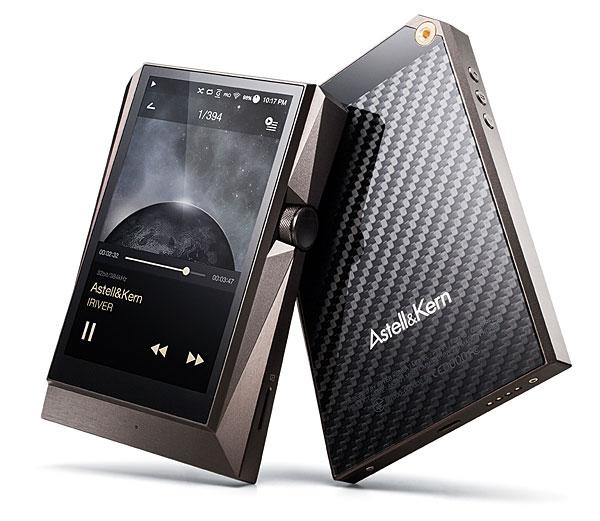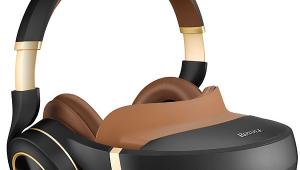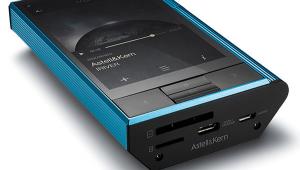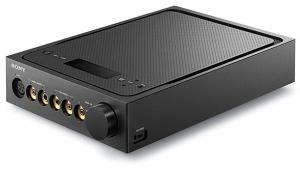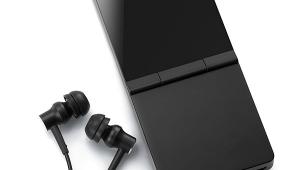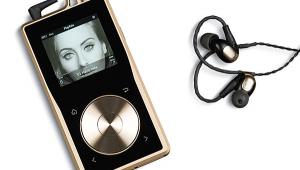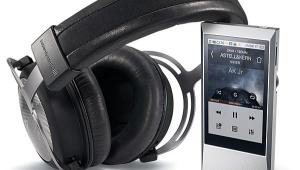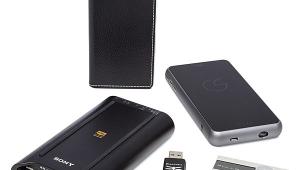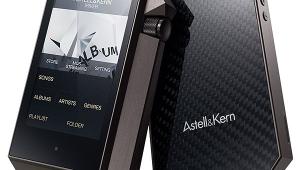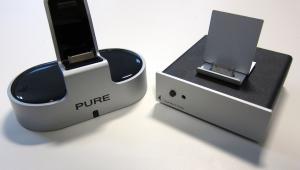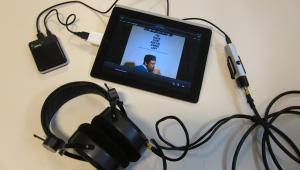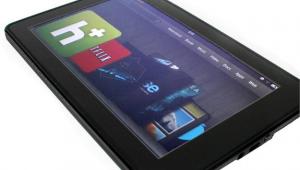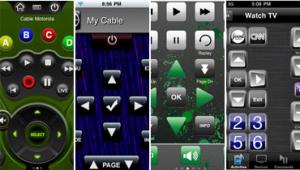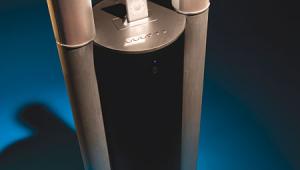"Can you download music in a 32-bit format? No"
"Swiping down from the top of the screen reveals various controls, including a volume slider, Wi-Fi, Bluetooth, your choice of parametric or graphic EQ, DAC, and other control icons. Tap the nut icon to access the full settings menu. While a learning curve is to be expected with a product this complex, the settings menu should have been accessible from the home screen."
Pretty standard stuff there, just written in a way to make it sound special. But you know what they say about a fool and his money...
